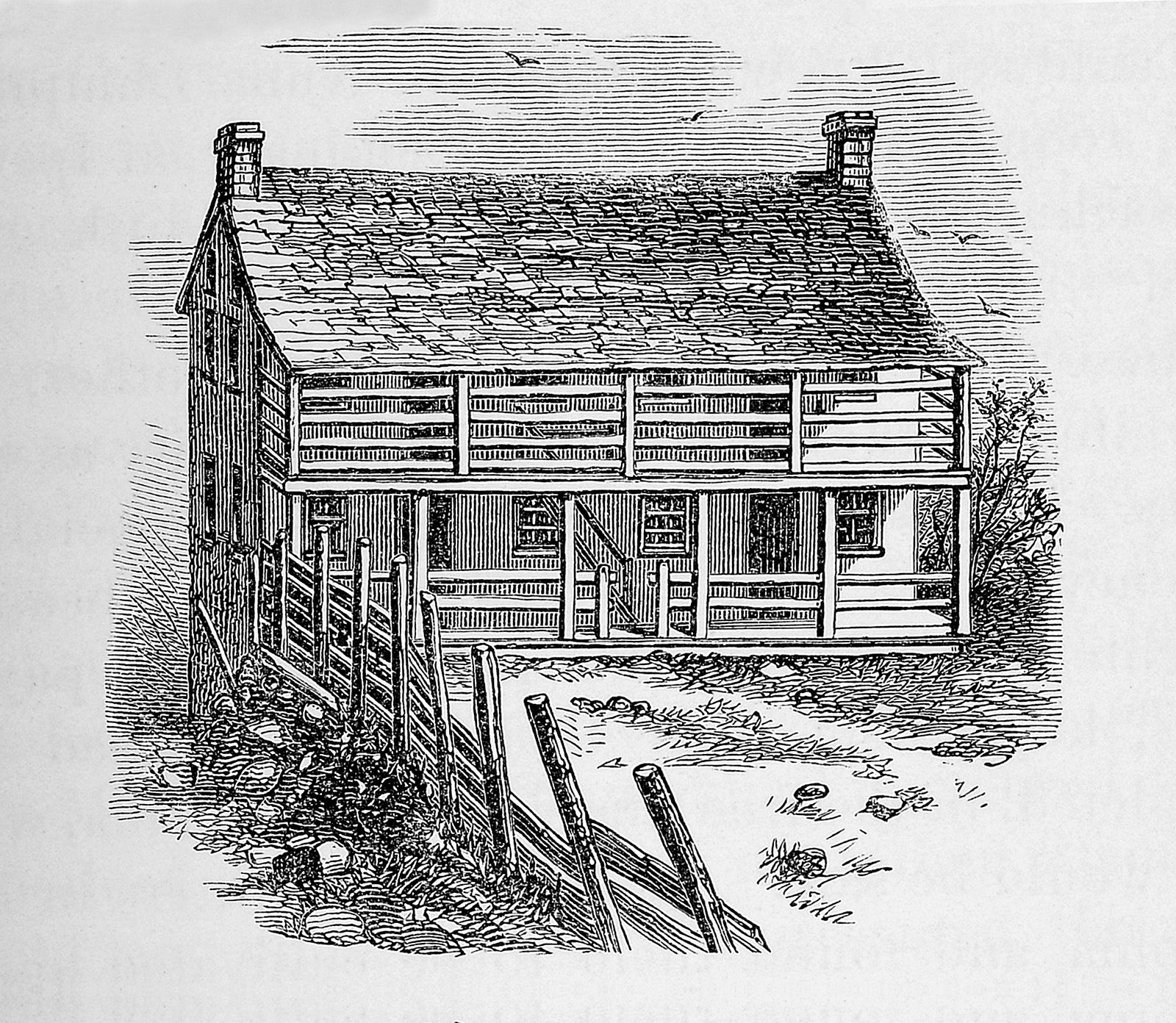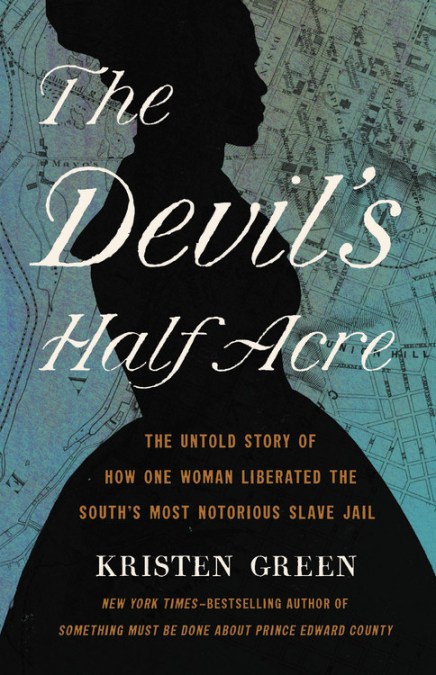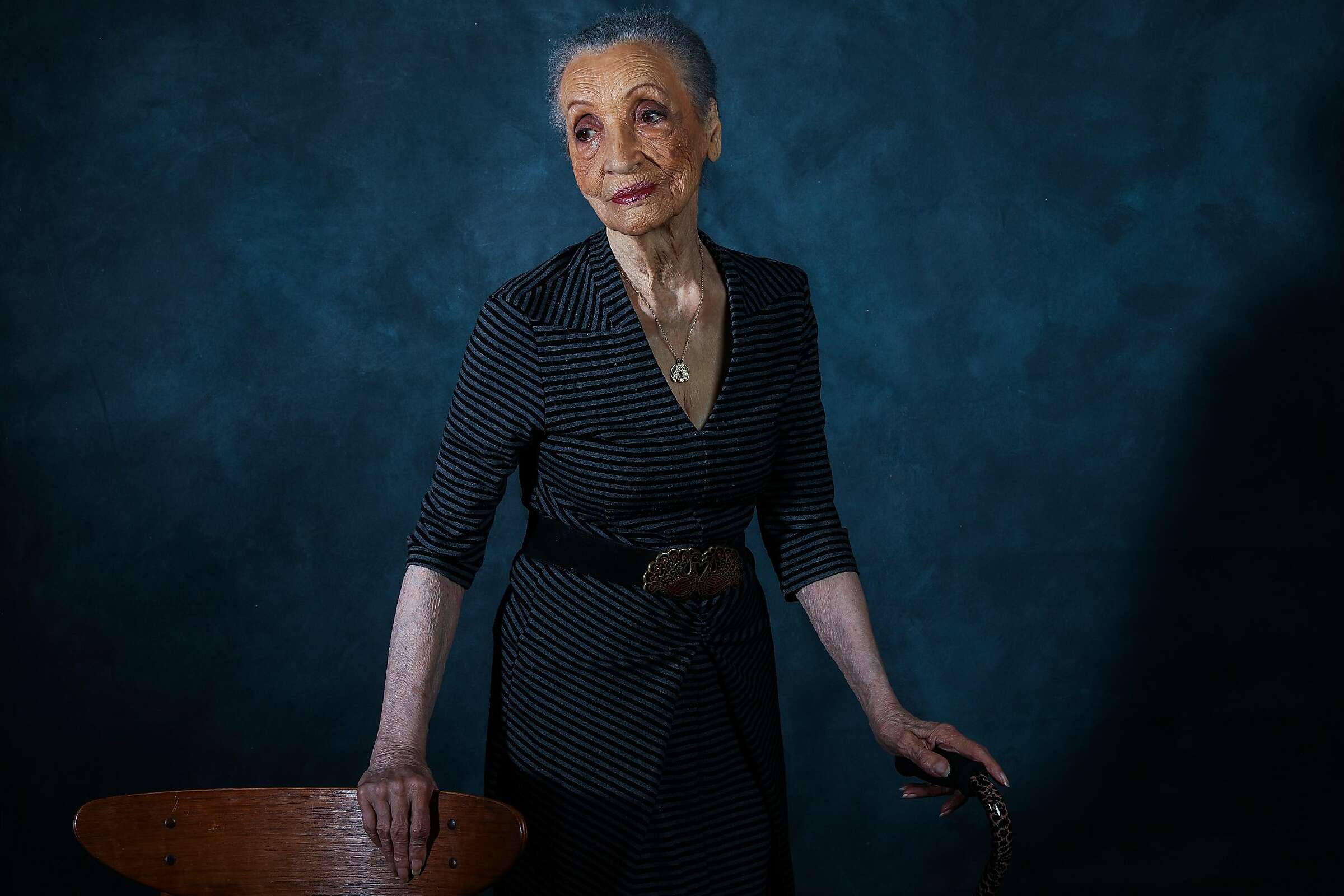A Fable of AgencyPosted in Articles, Biography, Book/Video Reviews, History, Media Archive, Slavery, United States, Virginia, Women on 2022-05-21 21:45Z by Steven |
The New York Review of Books
2022-05-26

Lumpkin’s Jail; engraving from A History of the Richmond Theological Seminary, 1895
The Devil’s Half Acre: The Untold Story of How One Woman Liberated the South’s Most Notorious Slave Jail by Kristen Green. Seal, 332 pp., $30.00
Kristen Green’s The Devil’s Half Acre recounts the story of a fugitive slave jail, and the enslaved woman, Mary Lumpkin, who came to own it.
In The Allure of the Archives (1989), a gem of a book, the French historian Arlette Farge talks about unearthing, insofar as it’s possible, a past that’s not quite past—particularly in relation to the lives of women, whose histories have often been hidden, forgotten, or written over, women spoken about but whom we seldom hear speaking. Combing through the judicial archives at the Préfecture of Paris, Farge reads the sullen or angry answers that ordinary eighteenth-century Parisian women, some of the city’s poorest and most vulnerable, give to the police who have arrested them. And she knows that to understand what they say, or don’t say, we need to care and not to care: to distance ourselves with empathy while we set aside expectations and assumptions. Deciphering what’s left in the archives, Farge writes, “entails a roaming voyage through the words of others, and a search for a language that can rescue their relevance.”
Piecing together stories about women who managed the uncertainties and privations of their situations is even more difficult when the women in question have been enslaved and thus forbidden even the basic rights that an eighteenth-century Parisian laundress enjoyed. That is Kristen Green’s task in her impassioned The Devil’s Half Acre, which she calls “the untold story of how one woman liberated the South’s most notorious slave jail.”
Green is a journalist and also the author of Something Must Be Done About Prince Edward County (2015), a personal account of how that Virginia county defied Brown v. Board of Education and shut down its schools for almost five years rather than integrate them. In The Devil’s Half Acre, she recovers the life of Mary Lumpkin, an enslaved woman of mixed race born in 1832 who, likely by 1840, was held in bondage at Lumpkin’s Jail, a chamber of horrors located between Franklin and Broad Streets in Shockoe Bottom, the central slave-trading quarter in Richmond, Virginia…
Read the entire review here.






